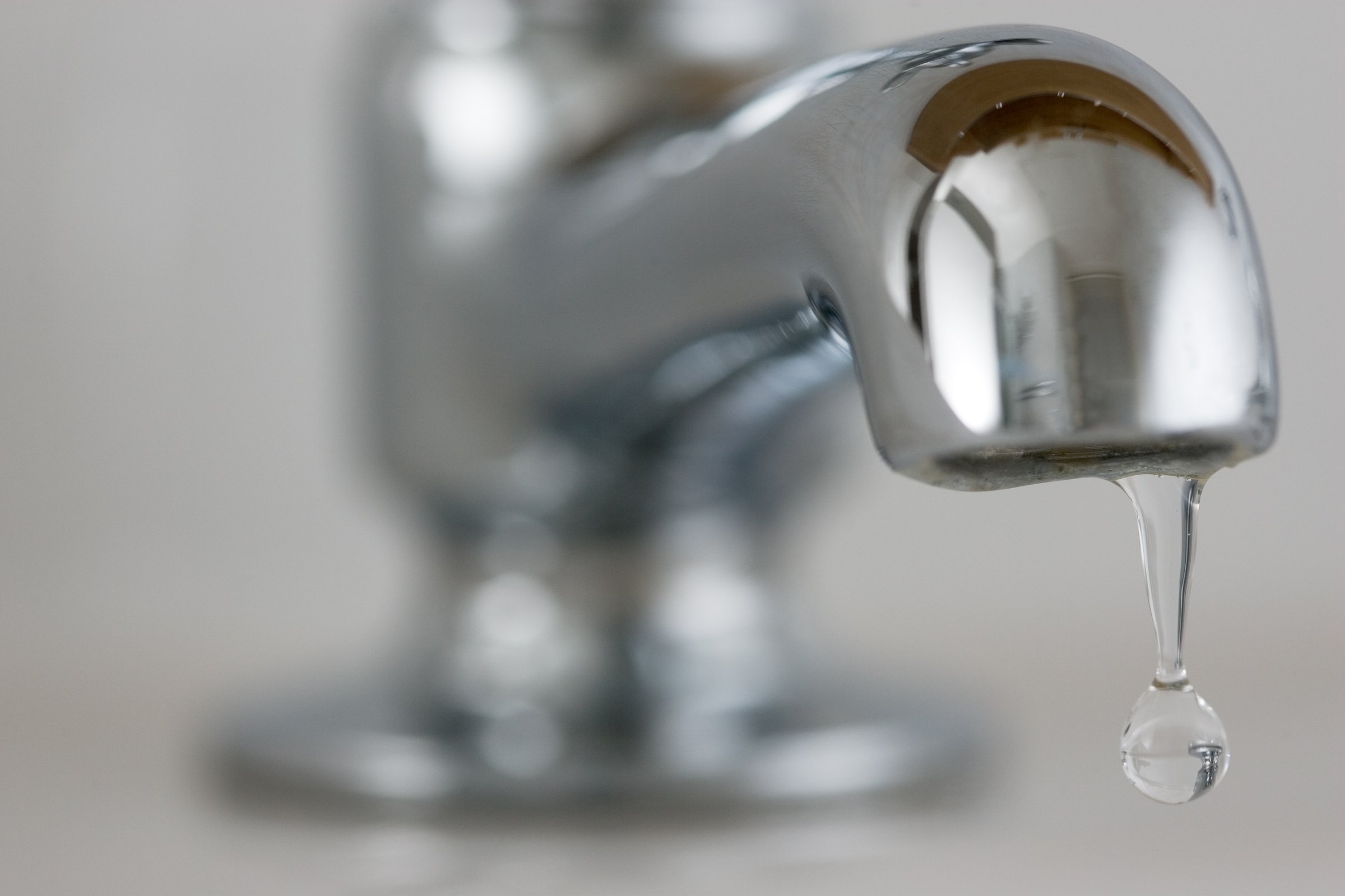
For the first time in over 50 years, the U.S. has lowered its recommendation on fluoride levels in drinking water to prevent tooth decay.
On Monday, the U.S. Department of Health and Human Services (HHS) released its recommendation for an optimal concentration of fluoride at 0.7 mg per liter of water. The previous recommendations, released in 1962, allowed for 0.7 to 1.2 mg per liter.
U.S. states and cities began adding fluoride to water supplies in the 1940s to aid dental care and today, 3 in 4 Americans with access to public water systems get fluoridated water. But an excess of fluoride can cause white spots on teeth.
The HHS says Americans today have many other sources of fluoride, including toothpaste and mouthwash. The agency says the new recommended level will maintain the positive effects fluoride has on tooth decay but reduce the risk of Americans getting too much exposure.
Also on Monday, the U.S. Food and Drug Administration sent an industry letter recommending that bottled-water manufacturers, distributors and importers limit the amount of fluoride they add to bottled water to no greater than 0.7 mg per liter.
“Community water fluoridation is effective, inexpensive and does not depend on access or availability of professional services. It has been the basis for the primary prevention of tooth decay for nearly 70 years,” said U.S. Deputy Surgeon General Rear Admiral Dr. Boris D. Lushniak in a statement.
More Must-Reads From TIME
- The 100 Most Influential People of 2024
- Coco Gauff Is Playing for Herself Now
- Scenes From Pro-Palestinian Encampments Across U.S. Universities
- 6 Compliments That Land Every Time
- If You're Dating Right Now , You're Brave: Column
- The AI That Could Heal a Divided Internet
- Fallout Is a Brilliant Model for the Future of Video Game Adaptations
- Want Weekly Recs on What to Watch, Read, and More? Sign Up for Worth Your Time
Contact us at letters@time.com